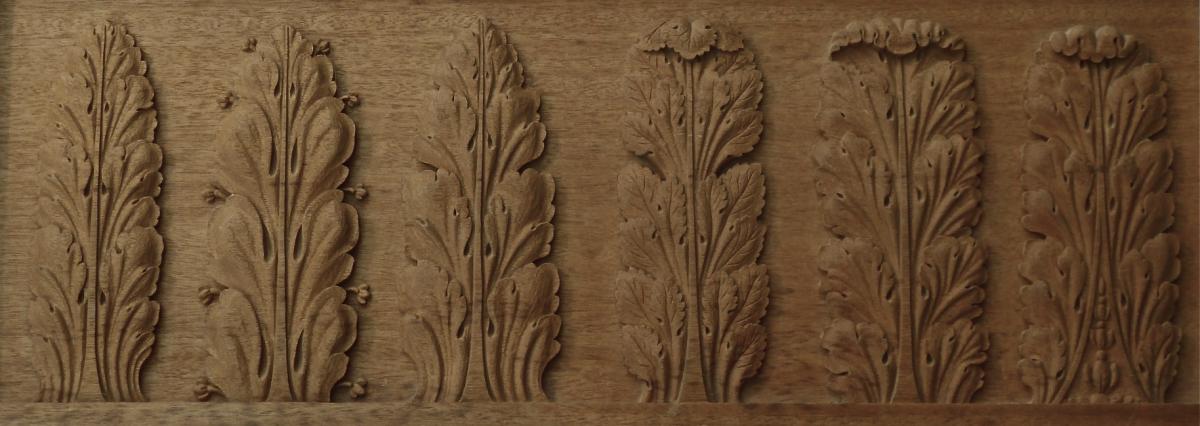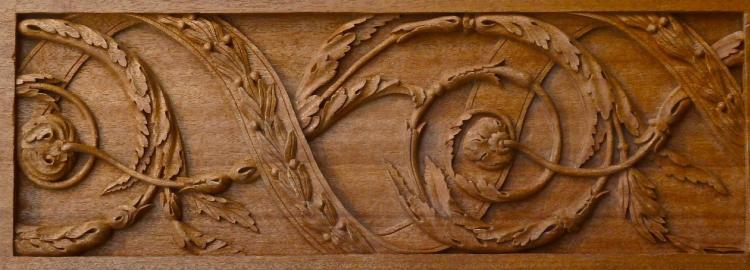You are here
Empire
The eighteenth century was (for some) of comfortable elegance with the accent was on interiors. There was an intimate sense of scale, which stems from refined ornament. Whilst there were large areas designed for entertaining there were also smaller rooms, which were also given attention to detail in terms of ornamental paneling. Furniture makers were recognised and honoured. It was the century of chandeliers girandoles mirrors and frames and fire surrounds.
The Revolutionary and Napoleonic periods in France, from about 1790 to shortly after Napoleon’s final defeat, saw the peak of French Neoclassical design. Interiors still survive to this day, often with their original furnishings, representing expensive patronage of fashionable taste by Napoleon and members of his family, as well as other French leaders, both in France and in the countries they conquered.
There are magnificent interiors, for example, at Malmaison and in parts of Fontainebleau in France, and at Aranjuez in Spain. The Empire Style (equivalent to the Federal in the United States and the Regency in Britain) spread rapidly from court circles through other strata of society. The motifs of the style were ideally adaptable both to courtly pomp and boudoir prettiness.



